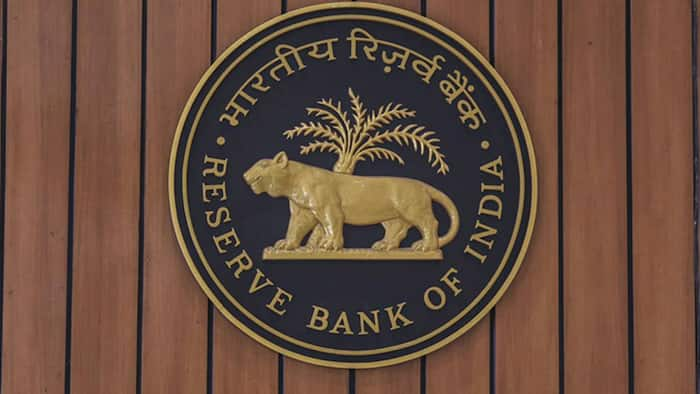
Written By Om Gupta
Published By: Om Gupta | Published: Aug 17, 2023, 09:00 PM (IST)

The Reserve Bank of India (RBI) has launched a new web portal, UDGAM, to help people search for their unclaimed deposits across multiple banks. The portal, which was inaugurated by RBI Governor Shaktikanta Das on Thursday, will allow users to check if they have any unclaimed deposits or accounts in seven banks initially, and in all banks by October 15, 2023.
UDGAM, which stands for Unclaimed Deposits Gateway to Access Information, aims to make it easier for people to claim their deposits or make their accounts operational. The portal was announced by RBI as part of its developmental and regulatory policies in April 2023.
According to RBI, the amount of unclaimed deposits has been increasing over the years, and the central bank has been conducting public awareness campaigns to encourage people to claim their money. RBI has also collaborated with Reserve Bank Information Technology Pvt. Ltd. (ReBIT), Indian Financial Technology & Allied Services (IFTAS), and participating banks to develop the portal.
UDGAM can be accessed at https://udgam.rbi.org.in. Users need to enter their name, date of birth, PAN number, and mobile number to search for their unclaimed deposits. If any match is found, the portal will display the details of the bank, branch, account number, and deposit amount. Users can then contact the respective bank to claim their deposit or activate their account.
Meanwhile, The Reserve Bank of India (RBI) has introduced three major changes to the Unified Payments Interface (UPI), a popular digital payment system in India. The changes are aimed at enhancing the convenience and security of UPI transactions, especially for small-value payments.
One of the changes is the increase in the limit for UPI Lite transactions from Rs 200 to Rs 500 per transaction. UPI Lite is a feature that allows users to make payments without entering their UPI PIN, which reduces the risk of phishing and fraud. Users can deposit up to Rs 2,000 in their UPI Lite wallet twice a day and spend up to Rs 500 per transaction. The transactions are not reflected in the bank statement but are recorded in the UPI Lite transaction history.
Another change is the introduction of offline UPI transactions via Near-field communication (NFC). Users with NFC-enabled phones will be able to make payments by tapping their phone on an NFC tag, without requiring an internet connection. This will enable faster and smoother payments at offline merchants and public transport.
The third change is the proposal to enable conversational payments using new technology on UPI. This means that users may be able to interact with an AI-powered system to make payments using natural language.